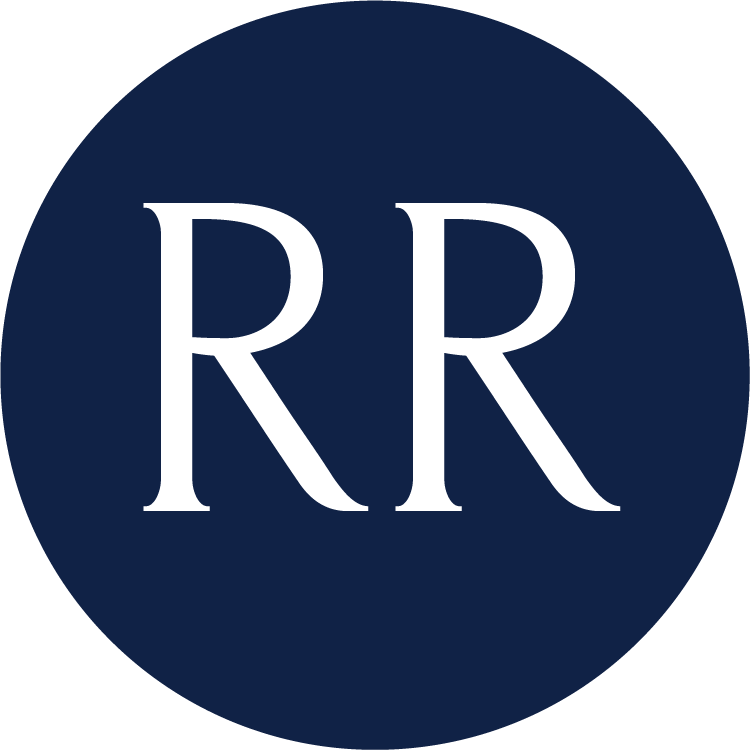Visit Villa Lalique, home of the master craftsman
You would think that the home of jewellery and glassware extraordinaire Rene Lalique would need no more introduction than the association with its owner, but this compact 1920s building holds a lot more draw than just its famous credentials.
Villa Lalique, Alsace, France.
Rene Lalique broke new ground during the late 1800s and early 1900s with his avantgarde jewellery designs. Working from Paris, he was one of the founding fathers of the Noveau movement. He became renowned for his - for the time - provocative female nude motifs. But his work was largely copied, and disillusioned with the jewellery industry he turned to the medium of glass.
Villa Lalique, Alsace, France.
Developing a glassware factory prompted Lalique to look outside of Paris for workshop premises. Alsace, a region which sits to the east of France, offered sandy soil (an important factory when making glass) and an existing workforce of skilled people to build a business with. And so Lalique glassware was founded in the hills of Alsace.
In 1920 the Lalique family villa was finished. Commissioned and built in the typical regional style, this 6 bedroom home has an almost fairytale-like character to it. A red pan tiled roof boldly covers a contrasting red and white exterior. Having gone through a period of decline the Villa has now been fully refurbished as a luxury retreat - perfect for those seeking somewhere characterful but with a five star finish.
The cellar, Villa Lalique, Alsace, France.
Aside from the heritage and classic Lalique details (everything has been detailed to the last degree, including the original Lalique glass inlayed staircase) there are other drawing factors. For example, the fully stocked and partly homegrown - Lalique now also host guests at Château Lafaurie-Peyraguey, their vinyard in Bordeaux - 20,000 bottle wine cellar with a fantastically knowledgable in-house sommelier called Romain Iltis. The cellar was created underneath the original villa and designed by Swiss architect Mario Botta. The cellar at Villa Lalique offers a striking contrast to the crisp white interiors upstairs in the rest of the home, and has an almost Bond-like feel.
Then there’s the two star Michelin restaurant, run in partnership by head chefs Jean Georges-Klein and Paul Stradner. When I said this was a retreat I meant it. Guests have the opportunity to dine down the hallway in sheer unapologetic gluttony, and it’s fabulous. The menu is curated with craftsmanship and makes use of local ingredients. It’s the ideal setting and foodie experience after a day hiking in the surrounding forests. The panoramic view from the contemporary glass extension takes in the rolling hills. It’s a simple case of sit back and enjoy.
Lalique factory, Alsace, France.
Die-hard Lalique fans and those who want to be taken on a journey through a century of Lalique can stroll to the Lalique museum, where significant jewellery and glass pieces are housed in an award winning contemporary surrounding. Nature was one of Rene Lalique’s most significant influences, and the museum has been designed to showcase this with floor-to-ceiling glass walls overlooking the countryside outside. Explore early 20th century sketchbooks belonging to Rene and witness the craftsmanship of the current day Lalique crystal factory.
Lalique factory, Alsace, France.
Top tip: book in advance. This place is compact in size, so it gets booked up quickly. And take your walking gear as you will probably want to venture out into the woodlands and hills.
Alsace is roughly three hours travel time (door-to-door) so this makes the ideal place to stay for two or three nights.
Lalique factory, Alsace, France.
Discover more via Lalique and Villa Rene Lalique.
For details about the museum experience visit Musee Lalique.
Images: Lalique and Rory Robertson
Feature: Rory Robertson






